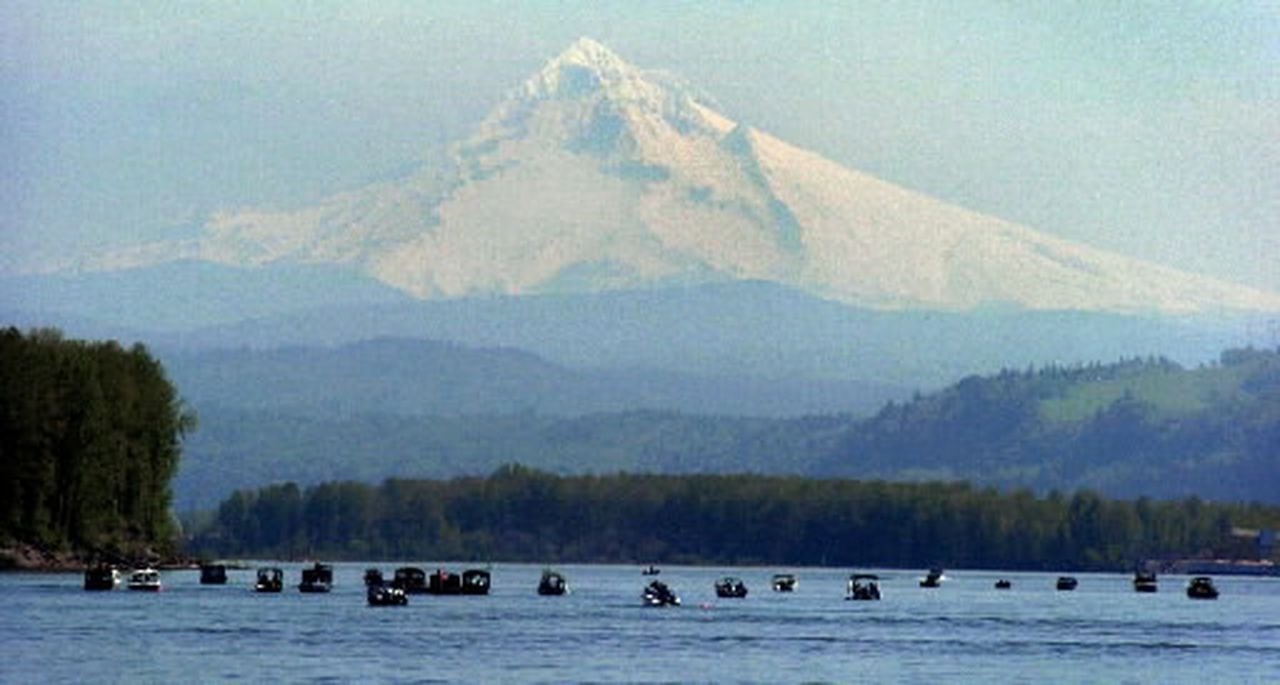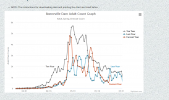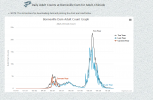SV, there are no absolutes in Biology. While it would be prudent to add that caveat to all reporting on biological sciences, typically something akin to the 90% rule is used. There will always be strays (which can be quite large groups at times) that get mixed in w/ other stock groups or arrive at key migration points during certain moon, tide, current, Wx, etc conditions that can cause them to behave in a way other than the norm. In fact, it would be more concerning if there were a complete absence of these exceptions, as Population Bios will tell you straying between stocks/populations is essential for maintaining gene diversity, which gives the best chance of survival and adaptation.
Regardless of the absence of absolute differentiation of feeding and migration routes and areas between stock groupings, there are very strong differences such as ericl points out. It should also be noted that accelerating Global Warming is disrupting the timing, scale and location of Wx, currents, upwelling, productivity, competition, etc, etc, such that patterns and behaviours that we once thought were predictable and dependable are becoming much less so. Very interesting stuff being investigated by our, and international, Ocean scientists.
Cheers!
Ukee




